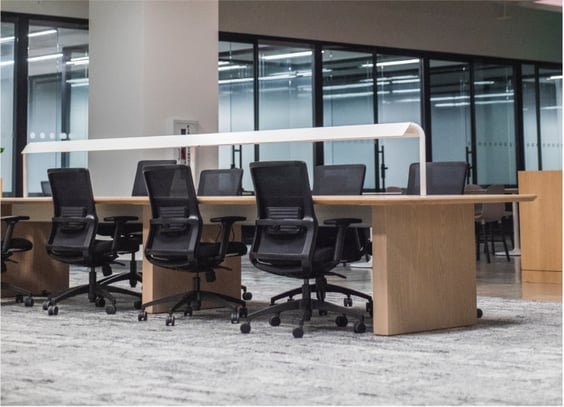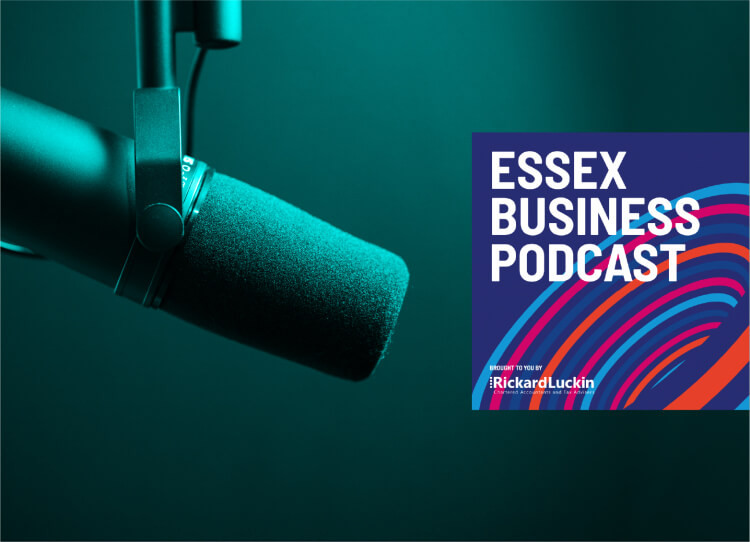Necessity, as they say, is the mother of invention. This is why so many companies have been able to successfully make the shift to remote working over the past 18 months.
The numbers are staggering. The percentage of people working from home jumped to 54% in 2020, according to data from the CIPD Job Quality Index. Three-quarters of companies have implemented, plan to implement or plan to expand work from home policies. Almost four in ten of those companies expect the move to be long-term or permanent.
With the global recovery underway, businesses must now come to terms with the future of the office environment and what the modern workplace looks like in general. The benefits of a more agile way of working will be clear to any organisation that made the shift during the pandemic. But the challenges of implementing an agile working strategy full-time remain. Rest assured, every business is facing the same problems right now. But with the right strategy, support and advice, long-term agile working is possible.






No Comments Yet
Let us know what you think